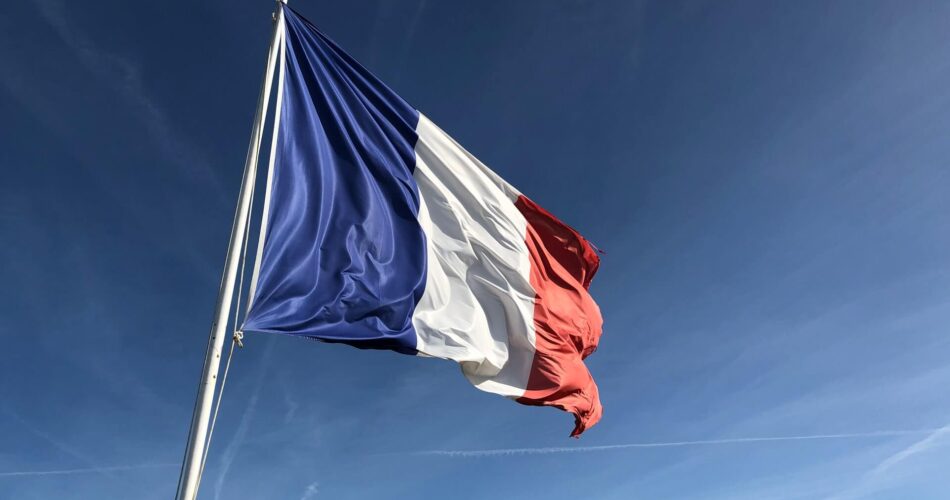Introduction: What is France Known For?
France is a country with a rich history of art and culture. It is known for its fashion industry, high-quality life, and cuisine. In this article, you can find answers to what France is known for. France has been home to some of the most well-known artists such as Pablo Picasso, Monet, and Toulouse-Lautrec. In recent years, France has been producing some of the most popular movies worldwide, such as Amelie, La Vie en Rose, and The Artist.
France has a long list of iconic monuments that tourists love to explore on their vacations, such as the Eiffel Tower in Paris or Versailles on the outskirts of Paris. France’s vast coastline offers a diversity of natural landscapes from cliffs to beach towns with fabulous seafood restaurants serving fresh catches.
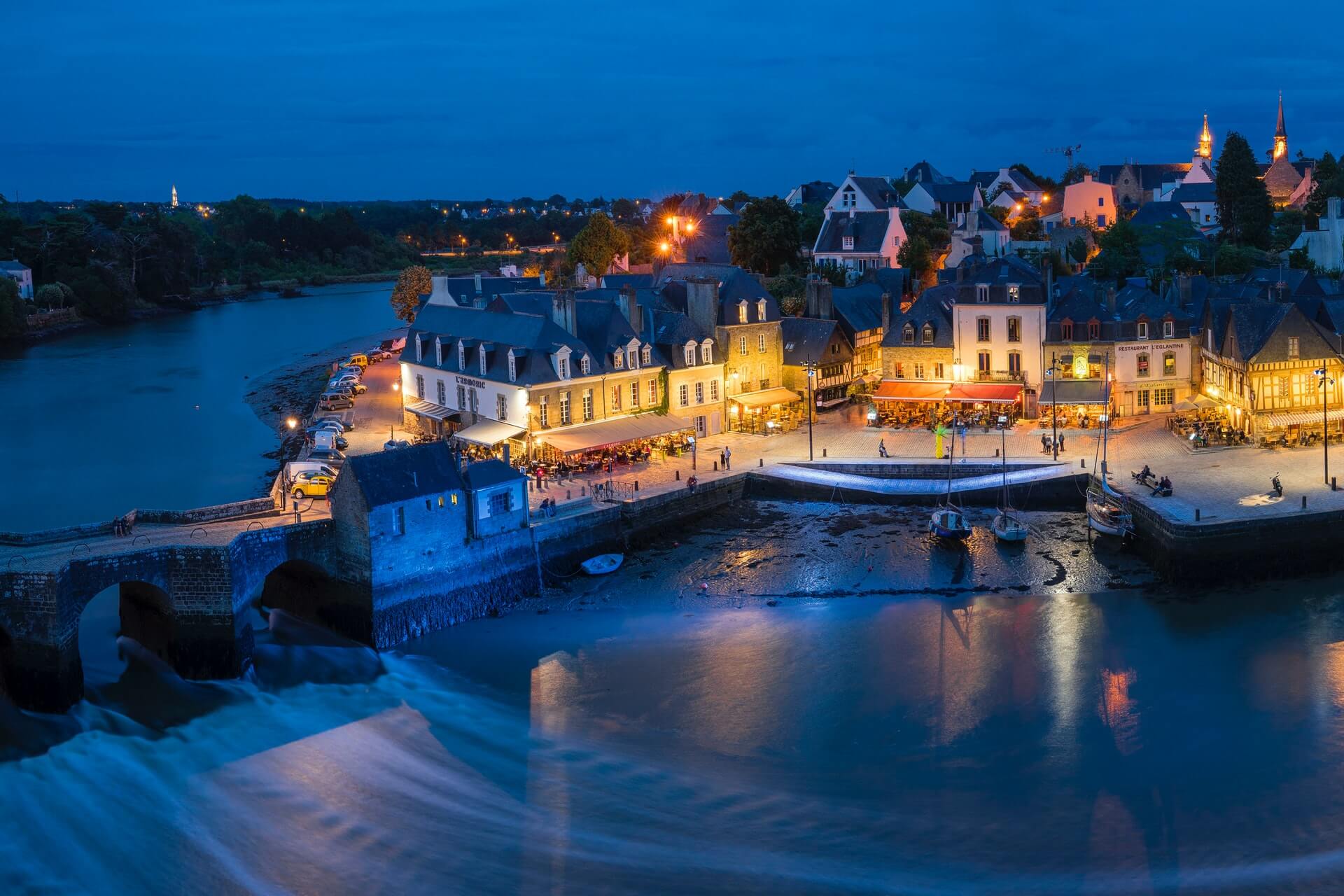
Auray, France
Interesting Facts about France you didn’t know!
France is a country with a rich history and proud culture. Did you know that France has been in existence for over 2,000 years? Or that the Statue of Liberty was a gift from France? This article will share ten interesting facts about France you didn’t know!
- It is the 5th largest country in the European Union
- The French President is elected by popular vote
- The Paris Agreement on Climate Change was ratified by the French Government
- It is ranked as one of the happiest countries in the world
- It has been invaded or conquered almost 20 times but never occupied.
- There are more than 200 castles in France
- The colors red, white, and blue were adopted by King Charles to symbolize his House of Stuart.
Zobraziť tento príspevok na Instagrame
A Brief Guide to French Art & Culture
France has more than 66 million people – it has more than 220 cities with over 100,000 inhabitants. There are different regions of France with different cultures, histories, and traditions. This article will give you an overview of the art and culture in France.
France’s violent past, its varied terrain, and its long-standing ties to neighboring nations and its colonies have all impacted the country’s culture. After dominating European aristocracy with extravagant extravaganzas of exotic woods and gold ormolu adornment for several decades, Paris became a cultural epicenter for ornamental Art Nouveau style in the 19th century.
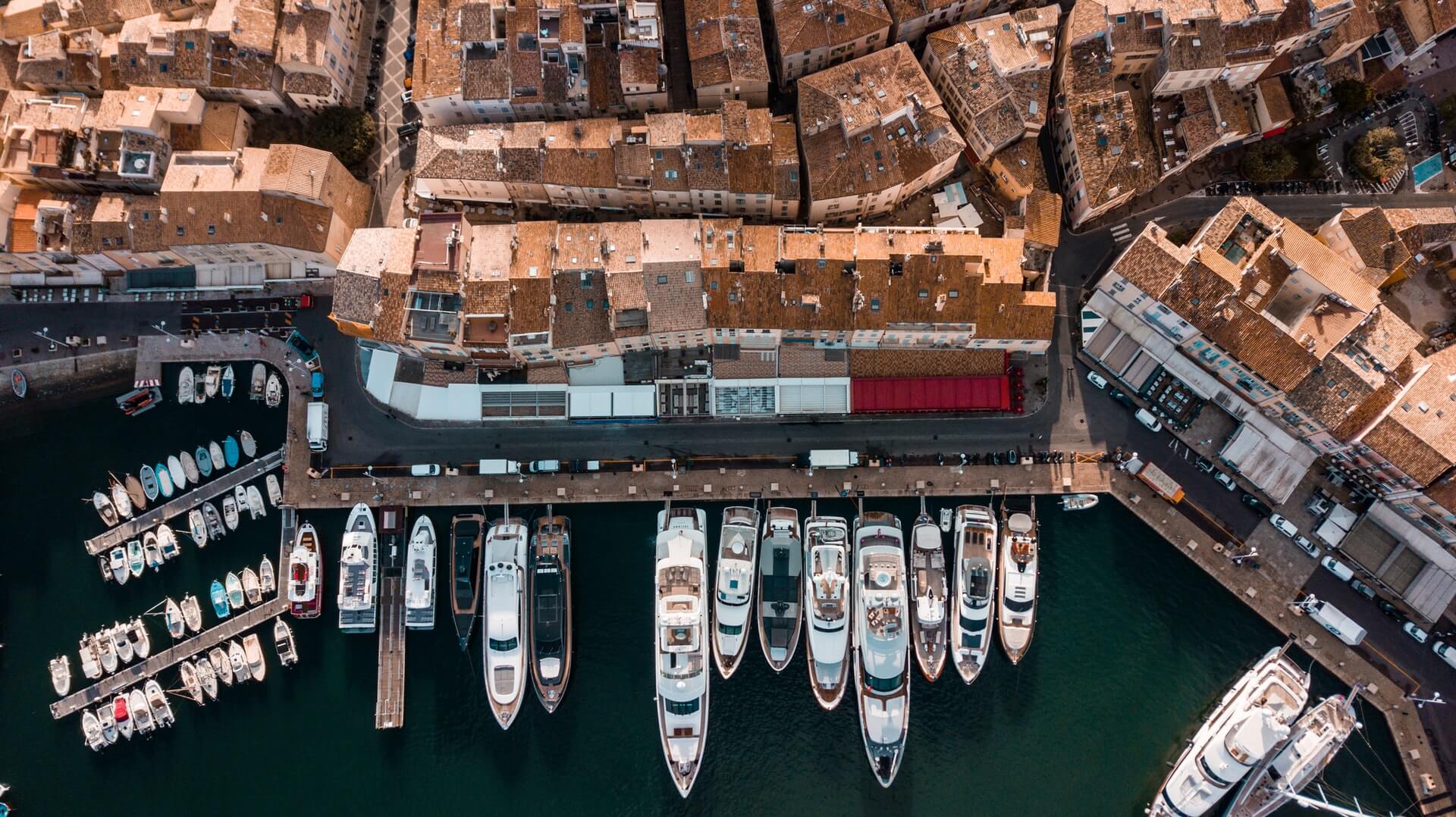
Saint Tropez, France
Before the 18th century, there was no such thing as ‘French culture’ because each region and baronial territory had its particular local customs and traditions. Ethnic and geographical diversity are still present in the country today. Social class, regional cuisine, dialect and language, and tradition all have a role in determining a person’s social status. On the other hand, the French are extremely proud of their national identity and are not afraid to show it.
In France, honoring one’s ancestors takes precedence over all else when offering financial and emotional assistance. The French, despite their romanticism, take a pragmatic perspective of marriage and its future in the modern world. As a result, fewer working moms in the Netherlands than in other European countries. France is highly prized in opera, ballet, classical concerts, and other traditional activities, as is the country’s inherent talent for art.
As France is a private country, politeness and formality are expected. Although they may lower standards to save face with foreign friends and acquaintances, French etiquette plays an important role in their daily lives. Arriving on time, bringing flowers or wine (and only the best), and dressing to the nines are all expected courtesies when invited to a French house for a meal. It is customary to send flowers to a Paris dinner party the morning of the event to be shown that evening.
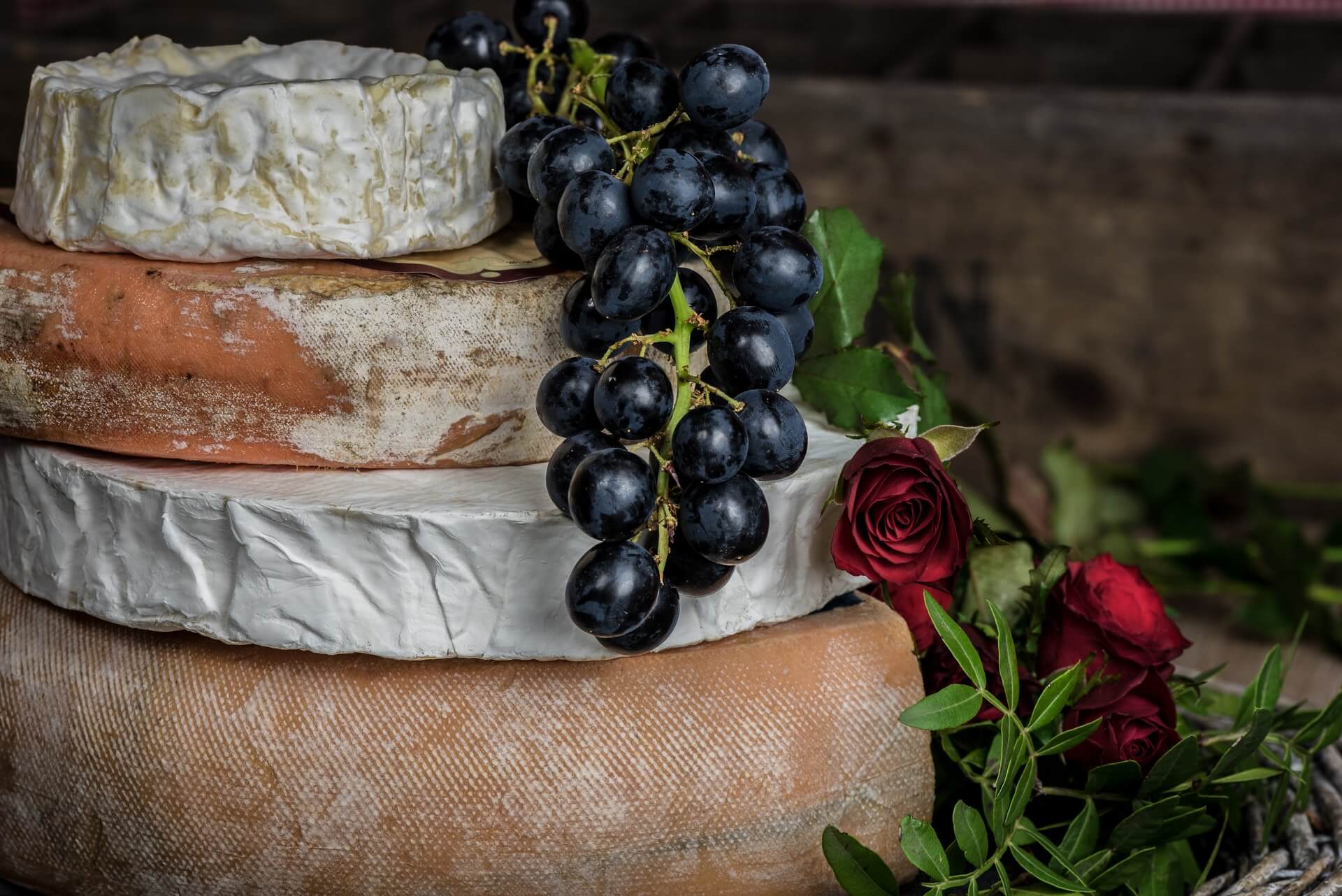
When dining at a high-end restaurant or visiting a historic church or cathedral, the dress code tends to be more traditional and exquisite. Designer bikinis and sunglasses are big business on the sand. If you plan to visit in July or August, you may encounter difficulties because the country is on vacation, and many businesses that aren’t filled with visitors are shut down. Handshakes are the most popular way to greet a Frenchman; nevertheless, you should only use his first name if he specifically invites you to do so. If you’re out shopping, “bonjour” (good morning) or “Bonsoir” (good night) is appropriate, as is “au revoir” after you’re done. This country has a deep respect for its tongue, so don’t assume they’ll merely speak English.
France is a country with a rich culture and history. It has been home to some of the most influential artists globally, including Pablo Picasso and Vincent van Gogh. The Louvre in Paris, France, is a good example of architecture in France.The French culture results from an amalgamation of influences from different nations throughout its long history, including Celtic, Frankish, Greek, Italian, Spanish and French cultures.
What are the Top Cities and Places To Visit In France?
Le Mont Saint-Michel
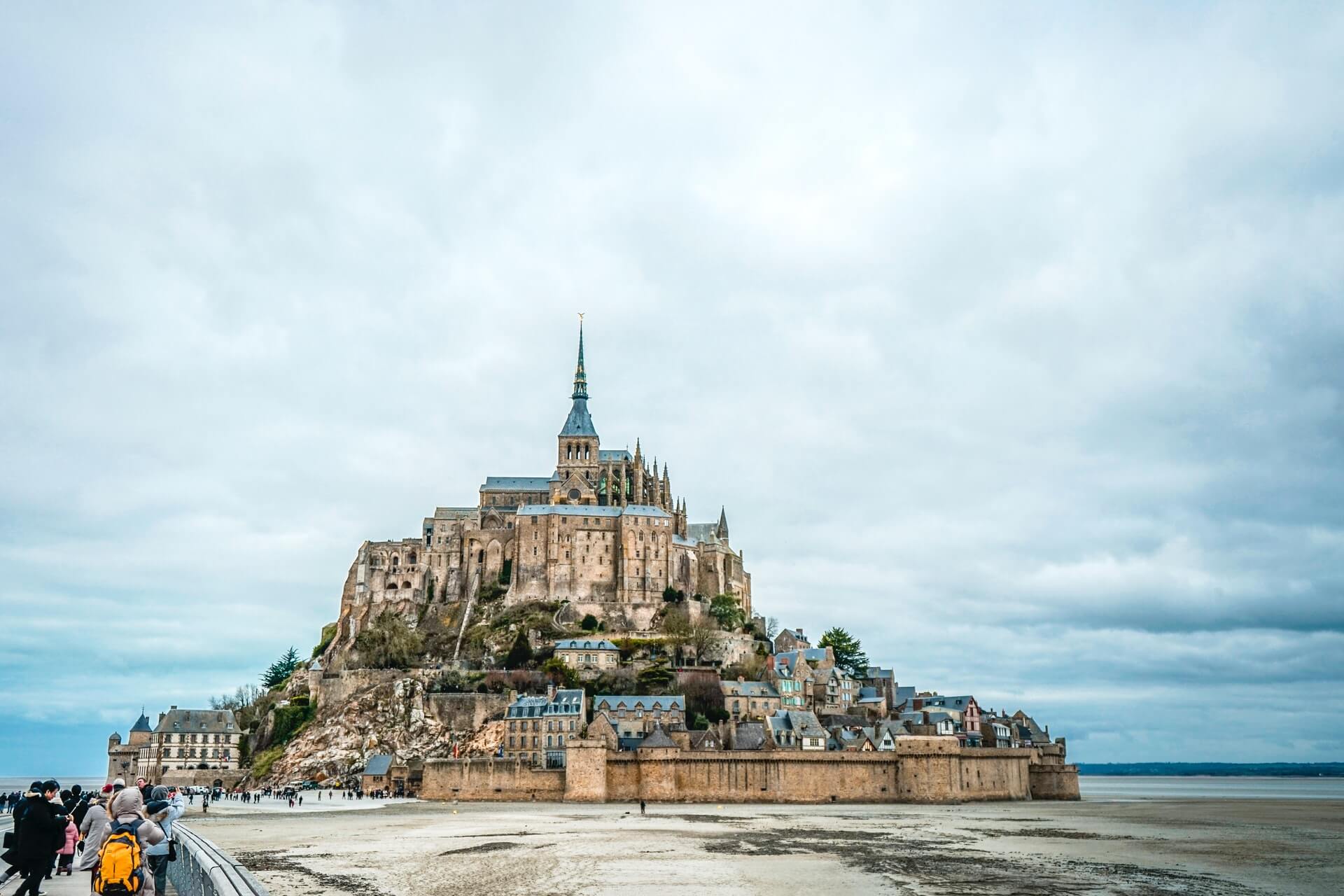
Le Mont Saint Michel, Normandy, France
It’s difficult to think of any historical place that compares to the grandeur and charm of Mont Saint Michel. Also, it’s France’s second-most popular tourist attraction (after Paris). This lovely UNESCO World Heritage Site is likely familiar to anybody who hasn’t been there. It reminded me of something from a Harry Potter book.
Located less than a mile off the coast of Normandy, the picturesque island of Mont Saint-Michel is well worth the trip. As a result of the constant influx of visitors, the city’s winding, cobblestone streets are constantly lively and interesting to explore. As soon as you get to the abbey, you’ll be delighted you made an effort to see it in person. Due to the epidemic, there were no tourists when I visited earlier this year. While eerie, it was an experience that I will never forget.
Marseille
Marseille has been one of Europe’s oldest cities and France’s second-largest metropolis for more than a millennium. Marseille is a bustling metropolis with a cosmopolitan feel and a rich cultural heritage, including Roman ruins, medieval buildings, and world-class museums.
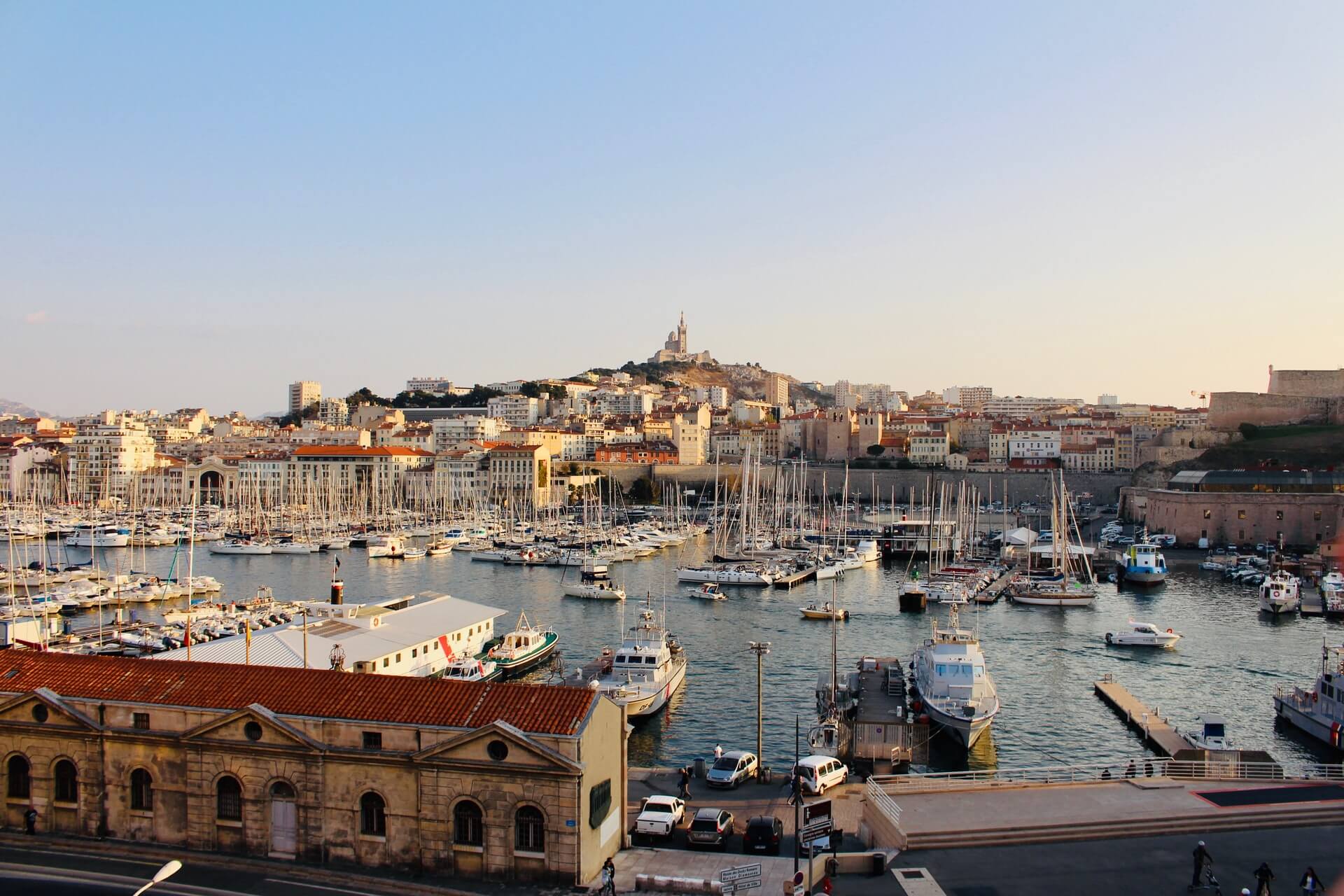
Vieux Port, Marseille, France
Vieux Port, Marseille’s historic port, is located at the city’s heart. With two ancient forts as centerpieces, this vibrant port is dotted with restaurants, boutiques, and nightlife venues. The Quai des Belges, at the harbor’s far end, is a popular spot for tourists to see luxury yachts, ferry boats, and local fisherman auctioning off their catch each day.
The Calanques, a chain of secluded coves with crystal-clear water and towering limestone cliffs, is a popular tourist destination in and around Marseille. Numerous museums, galleries, and ancient structures, including La Vielle Charite and the Basilique Notre-Dame de la Garde, are located in Marseille, making it a cultural hub for the region. Theatre Toursky, one of several opera houses and theaters in the city, is also located here.
Paris
Paris is the world’s most visited tourist attraction, with more than 45 million tourists every year and ranking first globally. Paris, known by various titles such as the City of Lights, the City of Love, and the Capital of Fashion, is the capital of France and is renowned for its romantic ambiance, gastronomy, fashion, and artistic heritage.
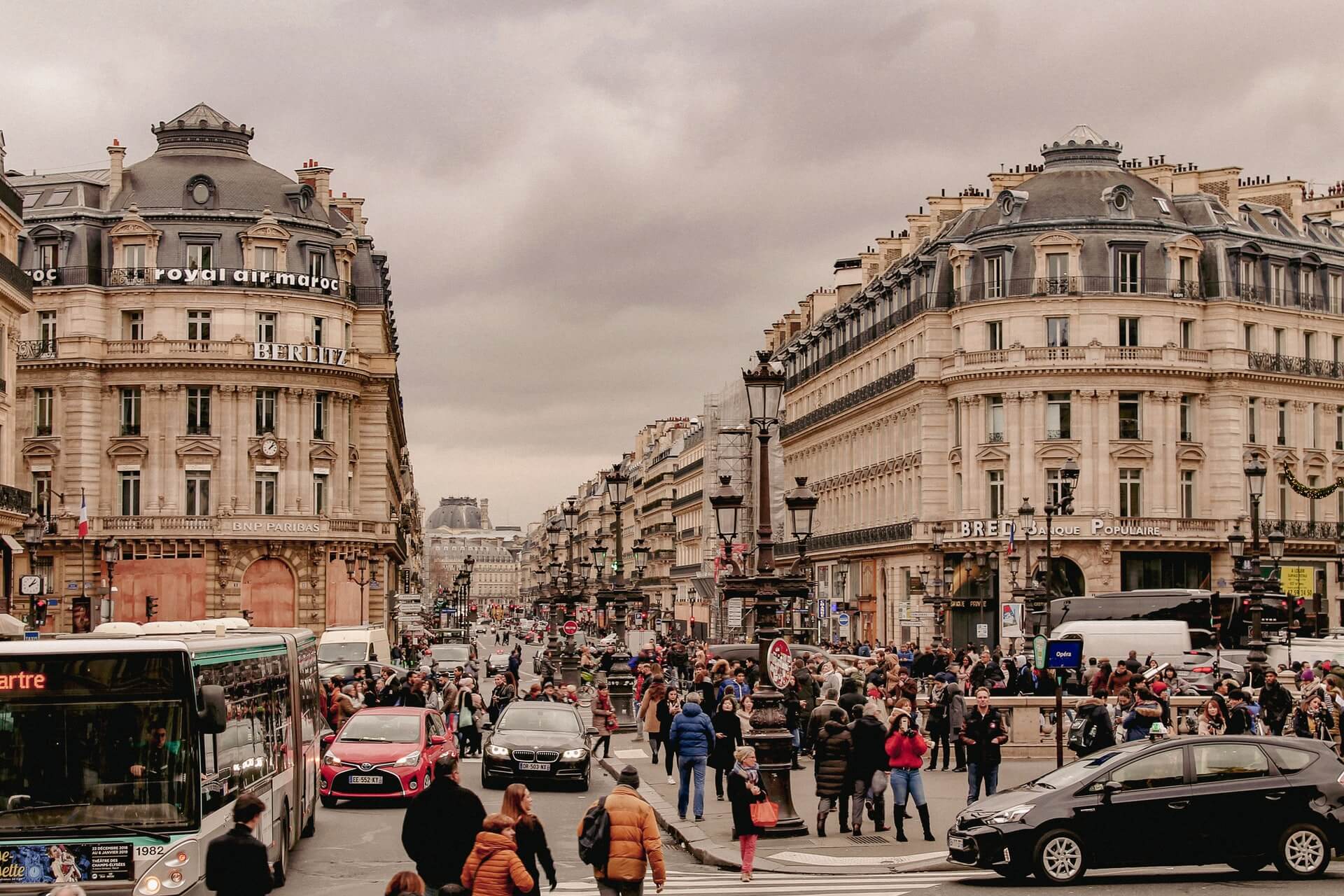
Paris , France
However, even though Paris is divided into 20 districts known as arrondissements, each with its distinct character and attractions, the city is best known for its iconic landmarks, which include the Eiffel Tower, the Arc de Triomphe, the Palace of Versailles, the Sacre-Coeur, and the Notre Dame Cathedral. The Louvre Museum and the Musee d’Orsay are only two of the world’s most important museums located in Paris. Paris also has wonderful parks, such as the Luxembourg Gardens, worth seeing.
Paris dubbed the “Capital of Fashion,” is home to some of the world’s most prestigious fashion houses, like Yves Saint-Laurent, Lancôme, L’Oréal, and Christian Dior, to mention a few. The shopping landscape in the city includes everything from shopping malls to open-air markets, boutiques, and flea markets. Walking is the most convenient and cost-effective method to travel around Paris, followed by taking advantage of the great underground rail system known as the Métro.
Bordeaux
For more than a century, Bordeaux has been considered one of the most important wine areas in the world because it produces more than 800 million bottles a year of some of the world’s most sought-after labels Bordeaux, a large port city located just 30 minutes from the Atlantic Ocean, is full of great architecture, historic landmarks, and world-class arts and cultural scene, all wrapped up in a laid-back vibe.
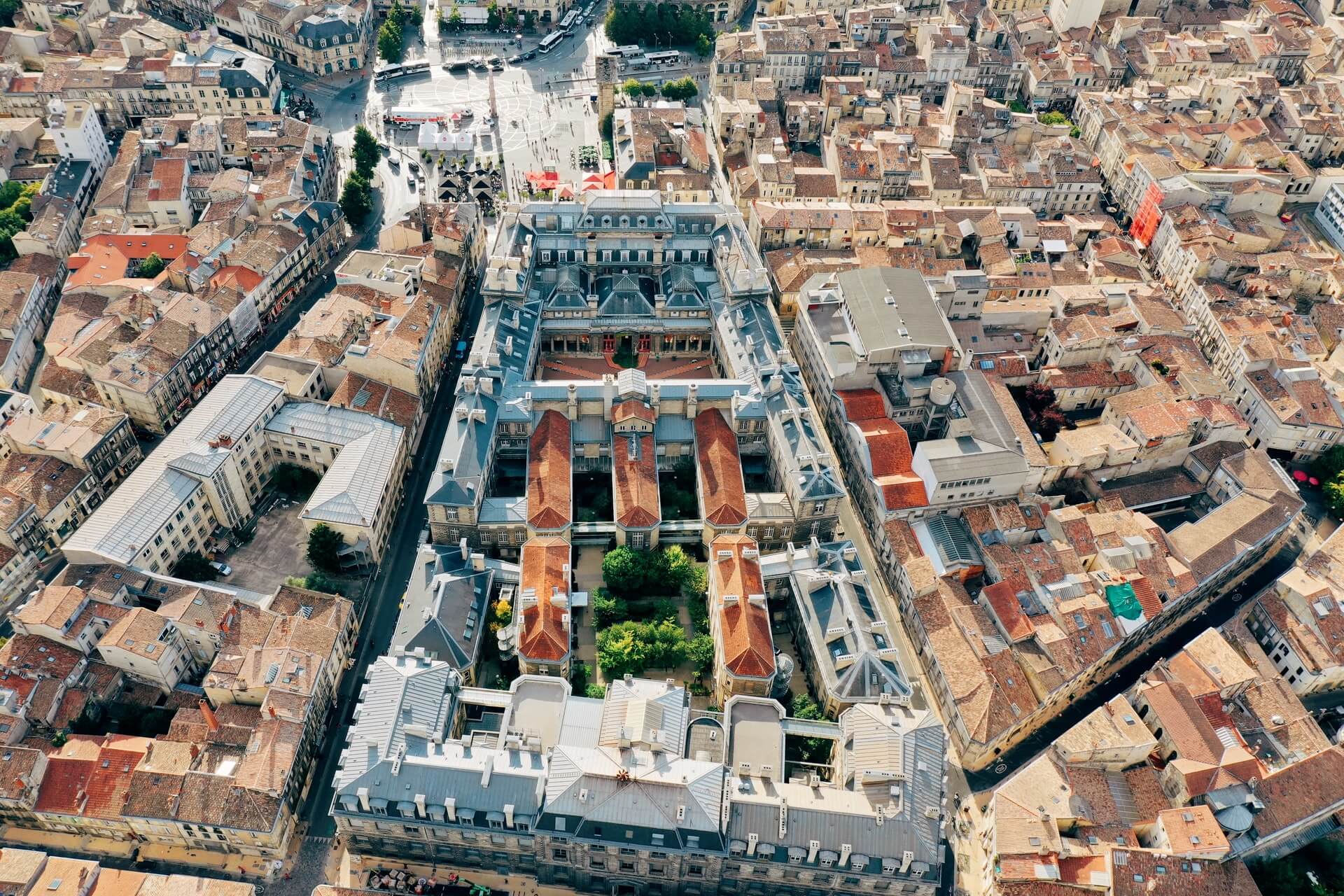
Bordeaux, Bordeaux, France
There are more than 350 historical monuments and sites in Bordeaux’s Pedestrian Zone (known as the Ponte de Pierre), including an ancient Roman amphitheater and a medieval cathedral. The city’s most magnificent square, the Place de la Bourse, is mirrored in its mirror-like appearance.
Several quays along Bordeaux’s waterfront where visitors may shop, dine, or just relax while taking in the stunning river views. As a bonus, travelers may see the vineyards and chateaux surrounding Bordeaux on a scenic trip through the neighboring wine country. The city’s annual Festival of Wine is held in conjunction with the Festival of the River in June. The city’s waterfront quays provide taverns and nightclubs for a night of entertainment.
Lyon
Lyon is the capital of the Rhone department in the Rhone-Alpes region, which is located in the eastern section of the country. Lyon, France’s third-largest city, has a lengthy history and is noted for its ancient architecture, gastronomy, and active cultural scene.
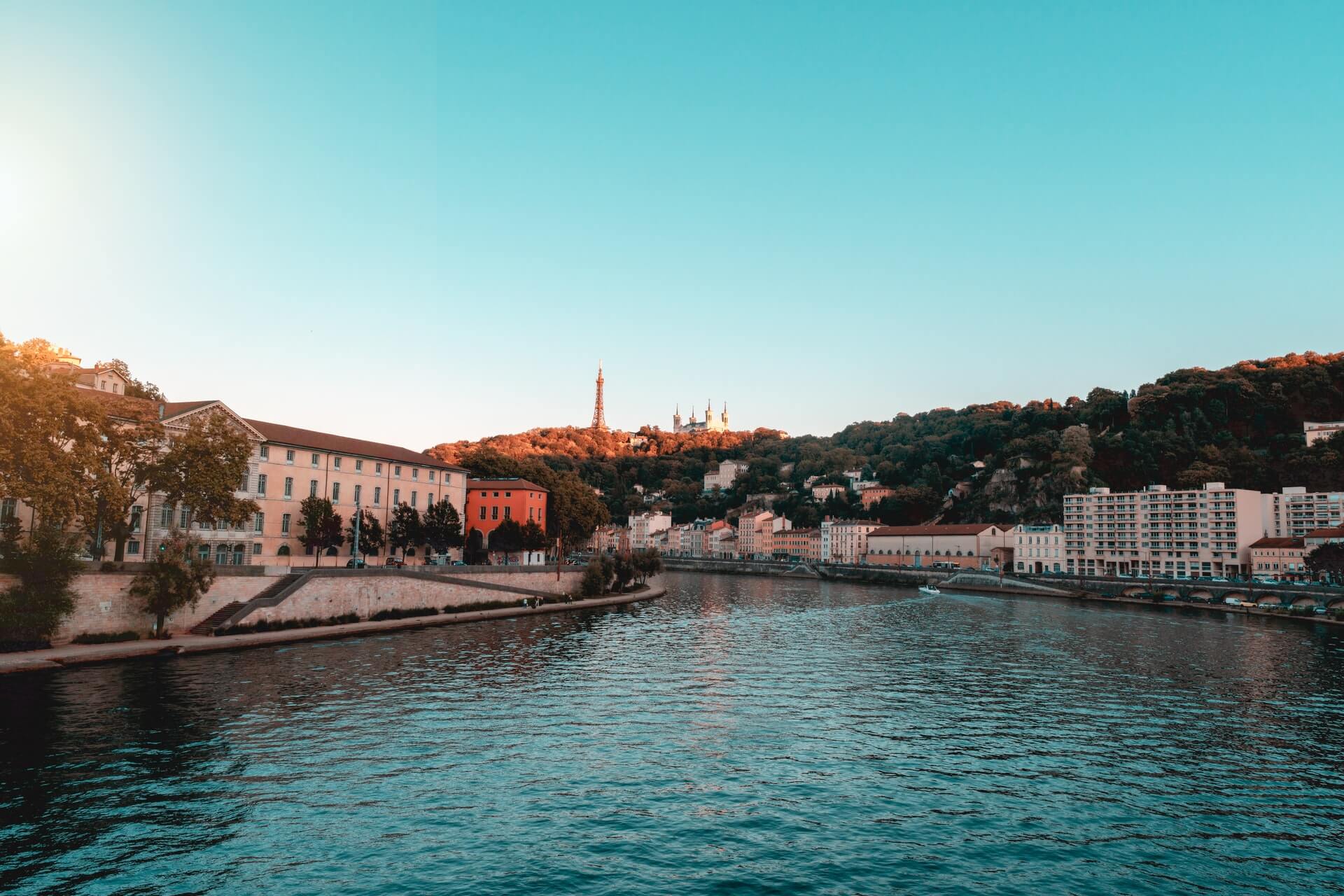
Lyon , France
Arrondissements and different neighborhoods make up Lyon’s nine districts. It’s possible to find something unique in every neighborhood. It’s a good illustration of how traboules (secret passages) in Croix-Rousse and Presqu’île are a central part of the city. The Tete d’Or Park is located in the rich area of Brotteaux, which features Roman ruins and Gothic churches.
The tiny cobblestone alleyways of Vieux Lyon, with their Renaissance architecture and sights like St. Jean Cathedral’s astronomical clock, are the city’s historic core. This neighborhood has a large number of souvenir stores and eateries. Although Lyon routinely lights up its most significant landmarks all year round, the Festival of Lights is a big yearly event that draws in over 4 million people for candlelight vigils and elaborate light and sound presentations.
Nice
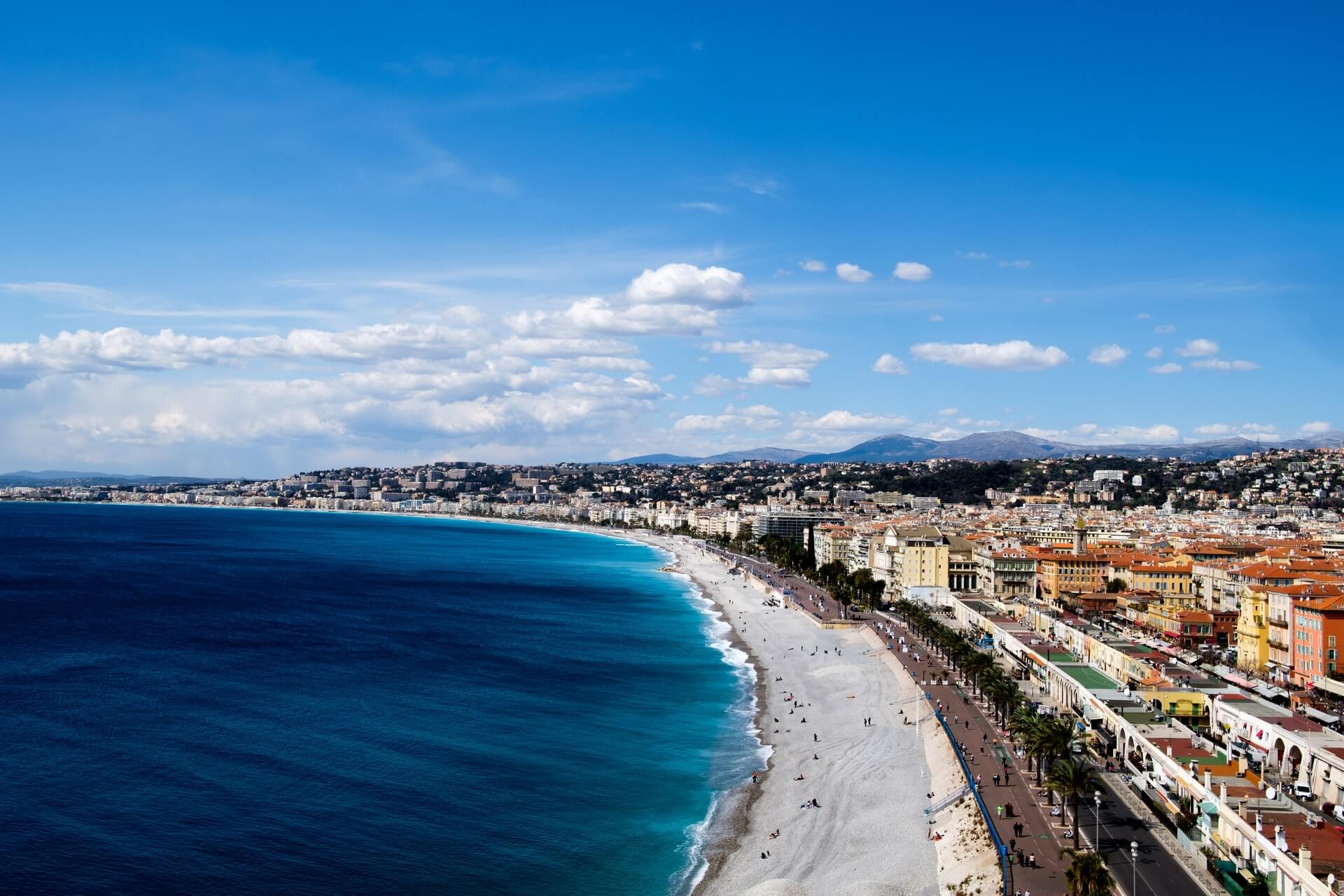
Nice , France
Nice is a popular holiday destination for sunbathers, history lovers, and those looking for a taste of high culture on the French Riviera. Pebble beach, pastel-colored houses, and palm palms swaying in the breeze aren’t the only things that make this city unique. St. Nicholas Russian Orthodox Cathedral’s candy-colored onion-shaped domes loom above you as you walk along with Avenue Nicolas II. Despite this, Nice’s cultural attractions are sometimes eclipsed by the city’s reputation for partying. Remember to save some energy for the Riviera’s pulsating nightlife.
French Cuisine and Food Culture
French cuisine is one of the most sophisticated cuisines in the world. This is because it evolved from centuries of culinary traditions in France. Although other influences stem from neighboring countries, French cuisine’s foundations are in continental European cuisines. France is a country with a rich and varied culture. It is often seen as the country of romance, wine, and fine food. This reputation for a good living has tourists coming from all over the world to enjoy what France is known for and what offers.
The French have a long and rich tradition of cooking and eating. Their dishes are often associated with the finest, freshest ingredients and a knack for making them taste even better. In this section, we will take a look at how French cuisine is made and what to expect from it in terms of culture and flavors.
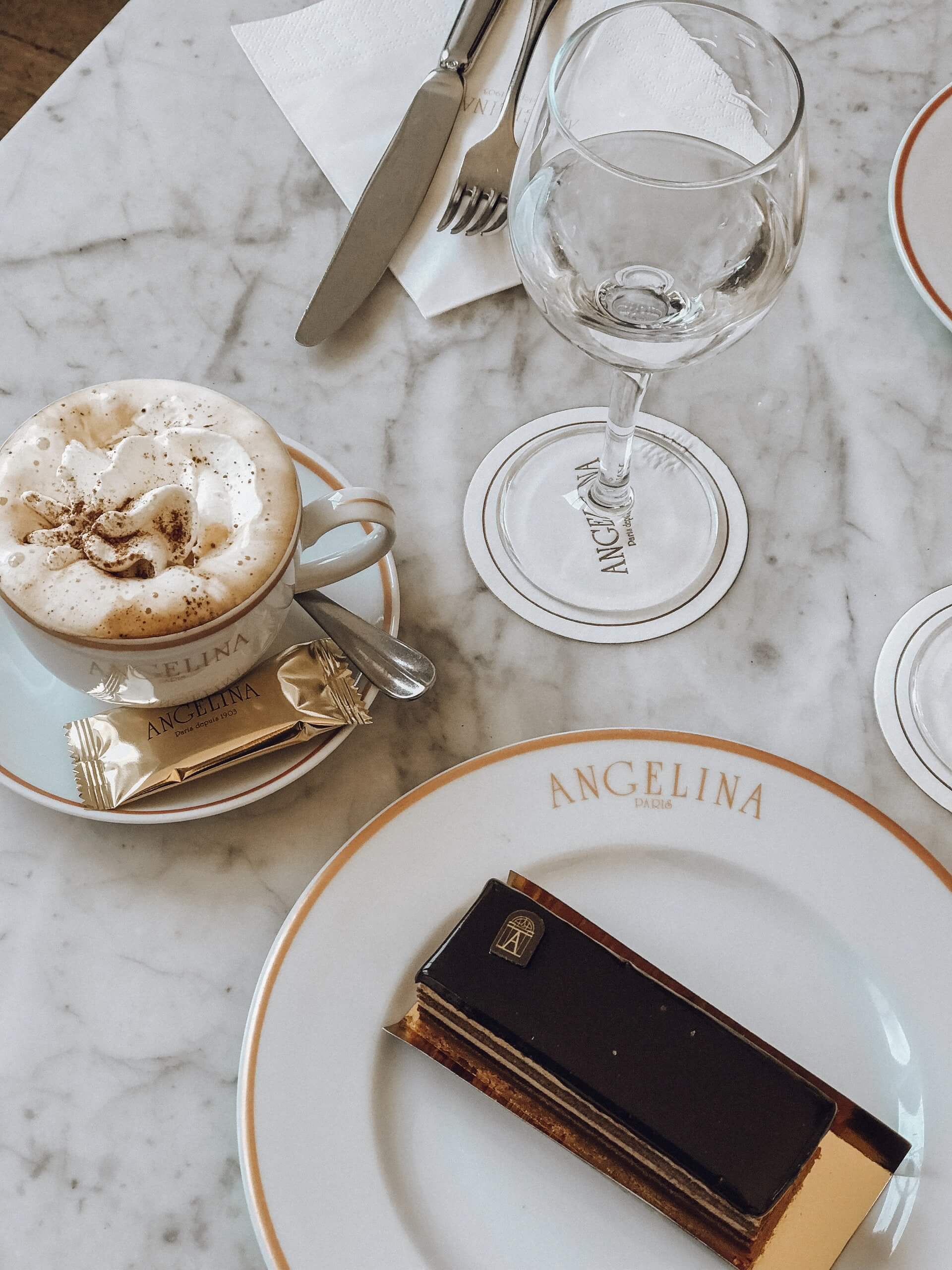
To relax and enjoy one’s meal, the French feel that it is best to eat with others. This is true whether it’s with coworkers, family, or a gastronomic event. It’s common for a French lunch to last at least two hours, and wine or cider is almost usually served alongside it. French cuisine is inextricably linked to France’s culture. Any French foodie will tell you that food is holy in France. It’s no surprise that French gastronomy was added to UNESCO’s “intangible cultural heritage” list in November of 2010.
When dining in France, an aperitif is served before the main course is served. In addition, foodies are widely aware that French cuisine has a tier system. It’s accompanied by a hearty soup or salad that’s sure to please. After the appetizers and salads, the meat and vegetable dishes are served. They eat three times a day on average. Butter is to blame for the deliciousness of their meals. Cheese, wine, and butter are the foundation of French cuisine. When you see a French menu in a movie, you’re certain to be drawn in by the wine and the cheese. Margarine and sunflower oil are off-limits to them, just as they are to us. Lard and butter are commonly used to enhance the flavor of their food. Olives are seldom used to mid-colds in France since its olive industry is yet in its infancy. Just like a fresh squeeze of lemon. Because of this, vinegar is often added to salads, including them. The salt and spice levels in their meals are moderate—relaxed taste in the mouth. First, your soul will be gratified because of the beautiful and tasteful presentation. Various bread cultures can be found.
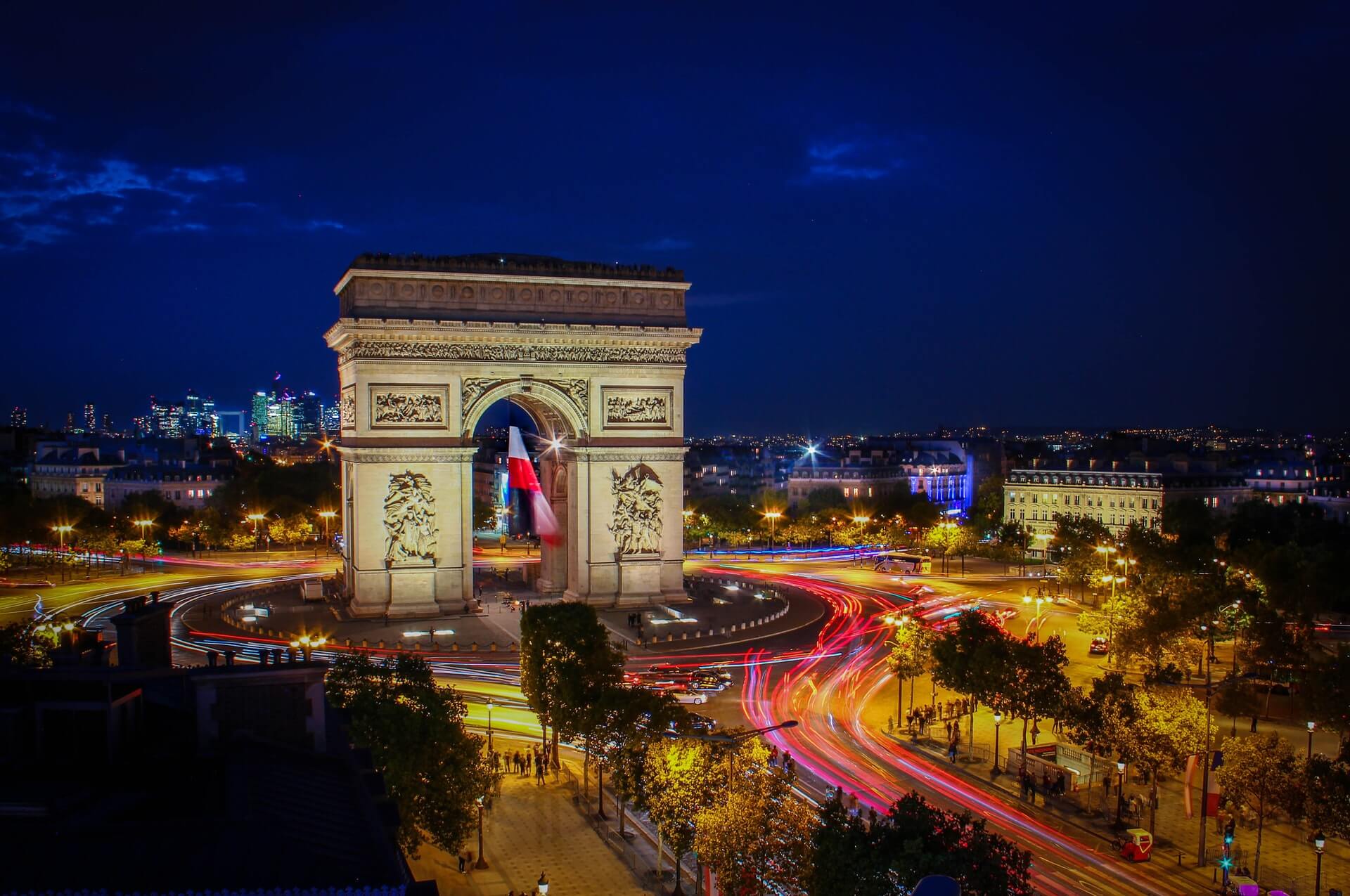
L’Arc de Triomphe de l’Etoile, Paris, France
5 of the World’s Most Famous Frenchmen and Women
As of 2017, there are over 65 million French speakers worldwide. France is a country of high culture and great diversity. The French people have always been admired for their sense of style and elegance. The following list comprises five well-known Frenchmen and women who have made contributions to the world’s history.
Napoleon Bonaparte: 1769 – 1821
He was a military leader who conquered most of Europe, including Italy, Germany, Austria, and Russia. He was born in Corsica but later became the ruler of France. Napoleon was seen as an enlightened despot because he helped spread democracy by giving the people more civil rights than they had ever had before.
Jean-Jacques Rousseau: 1712 – 1778
Jean-Jacques Rousseau was a philosopher, writer, and composer of the 18th century. He is best known for his political philosophy of “The Social Contract.” Rousseau advocated for a society where the people are sovereign. He believed that all people are born free by nature but are in chains by society.
Montesquieu: 1689 – 1755
He was a French social thinker and was one of the earliest and most influential Enlightenment thinkers. His ideas on the separation of powers, checks and balances, and the importance of a republican government still influence political thought today.
Voltaire: 1694 – 1778
He was a French Enlightenment writer, historian, and philosopher. He was a fierce critic of the Catholic Church and a major proponent of the separation of church and state, freedom of religion, and freedom of expression.
Adam Smith: 1723 – 1790
He is best known for two books, The Theory of Moral Sentiments and An Inquiry into the Nature and Causes of the Wealth of Nations. The former, published in 1759, was an immediate success. It touched upon philosophical questions about morality that had long preoccupied Smith.
Top Things What France is Known for and Why It’s The Most Romantic Country in the World
- The Eiffel Tower is one of France’s most recognizable symbols, and it immediately springs to mind when thinking about the country.
- The Eiffel Tower has become one of the most popular tourist attractions globally, and as it is the country’s most recognizable icon, no one misses it when visiting France. The Eiffel Tower is the tallest building in Paris, making it an ideal location for photographers since they can capture it from a variety of angles.
- Fashion – France is well-known for having impeccable fashion sense. And, more importantly, where do all of these lovely garments originate from? Paris is a city where outstanding fashion is in everyone’s veins, especially in the city. Oh, such a breathtakingly gorgeous nation. In addition, prominent designers and stylists flock to our store to shop for the greatest clothing collections available elsewhere in the world.
- And, of course, there are fashion shows to look forward to. People come from all over the globe to be a part of this great nation and to have a drink or two with some of the best fashion designers the world has to offer!
- Wine – French wine is well-known around the world. Red wine is something that both visitors and the French never seem to get enough of in France. It is one of the best wines of all time, and you must taste it for yourself!
- Additionally, Champagne is a significant component of their diet. Once again, the sparkling wine,’ referred to, is made in the same way that wine is made. And, did you know that Champagne is a gift from the country of France? The first time the toast of the world was prepared was 300 years ago, and it was a fairly complicated technique. It is a traditional and highly regarded drink in France because it requires a significant amount of labor to produce.
- Cuisine – Isn’t your mouth already watering from the thought of it? It certainly should be because French cuisine is often regarded as some of the best-presented and best-tasting cuisines on the planet. Even though it is heavier, it is well worth the effort. And with that, the world-famous French wine is served.
- Was it ever brought to your attention that French food has a lot in common with Italian cuisine? It has risen to the surface and influences the rich curries and spices that are present. In general, France’s most famous cuisine consists of the famous ‘Soupe à l’oignon,’ which is a soup made with onions, beef stock, and a large amount of cheese (French cheese, in particular, is highly regarded because it is considered to be extremely pure and mellow), and the traditional French meal of ‘Boeuf bourguignon,’ which is a beef stew cooked in a beef stock base with tons of cheese.
- Perfumes and cosmetics – Also, there is a well-known perfume brand name from France that I am sure everyone is familiar with. The nation is also well-known around the world for its cosmetics and fragrances. Cosmetics are also advanced in France, and several of the world’s most well-known companies have their laboratories and storefronts in the French capital.
- Vichy, L’Oreal, Lancôme, Guerlain, Clarins, Yves Rocher, and L’Occitane are just a handful of the most well-known and fantastic cosmetics and fragrances companies.
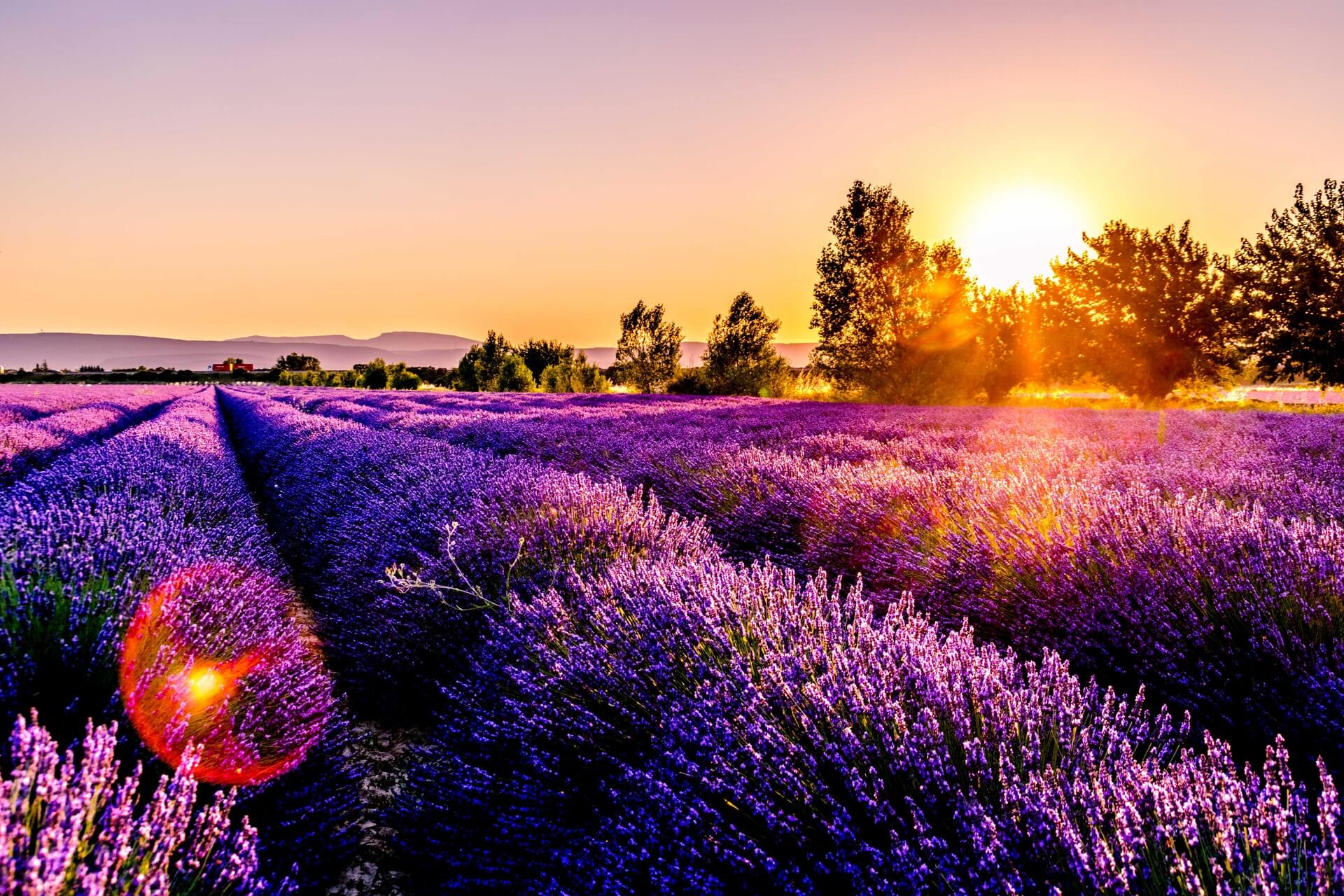
Drôme, France
- Provence is another well-known French place where you should let your senses guide you as much as your eyes will allow you to. According to visitors, the lavender fields, beach villages such as Cassis, and a laid-back style of life are among the most remarkable things you’ll discover in this region. Not only are the lavender fields fragrant, but they also provide a picturesque backdrop that is worth taking a picture of. The kilometers of vineyards and olive trees and the dazzling blue seas contribute to the beauty of this region. If you have any spare time outside of Paris, it would be one of my top recommendations for places to visit. Remember to visit Avignon and Moulin Castelas for an authentic olive oil tasting experience. I’ve gone there twice already, and their olive oils have not disappointed me either time.
- Mont Blanc is a mountain range in France.
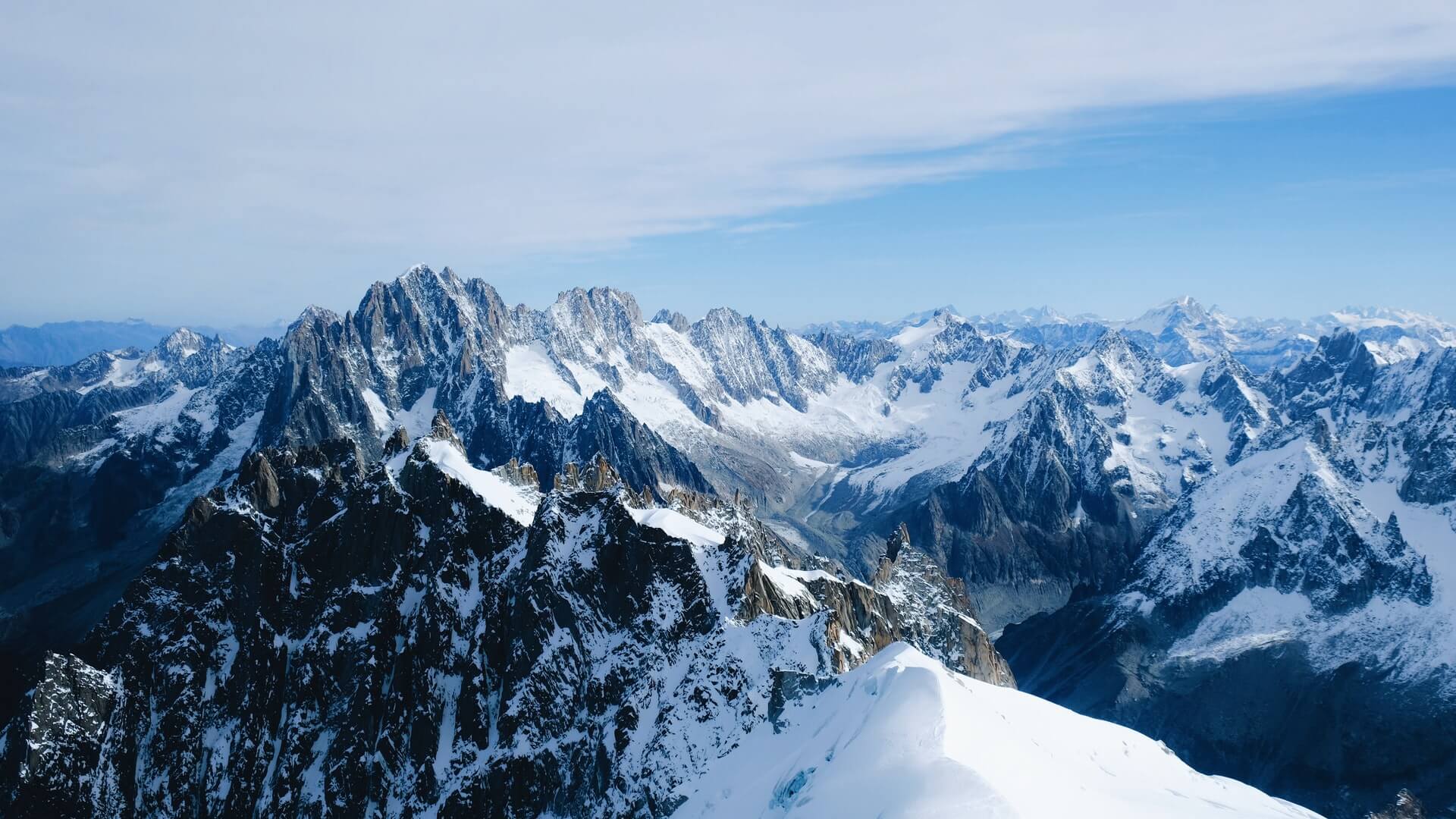
Mont Blanc, Chamonix-Mont-Blanc, France
- France is a wonderful nation with stunning natural elements, especially the world-famous Alps, that should not be missed. Mountaineering’s highest peak in the Alps, Mont Blanc, is formally shared between France and Italy; yet, the mountain’s highest point is located on the French side; thus, we may consider it part of France.
- This gorgeous mountain is particularly well-known for its superb ski resorts located on its slopes. During the winter, you’ll find skiers and snowboarders on the slopes, which are immaculately white and covered with snow. Visitors may enjoy a nice stroll up the mountain in the summer, and biking is also popular in this area. The Alps are breathtaking at any time of year, and it’s one of the few regions of France that I haven’t yet seen.
- Cannes Film Festival – The inaugural edition of the annual Cannes Film Festival took place in 1946. It swiftly rose to become one of the most prestigious film festivals in the world. In this competition, you have a chance to win one of the most coveted prizes in the film industry: the Palm d’Or. Even though the festival is hosted in Cannes, it features screenings of films and documentaries worldwide.
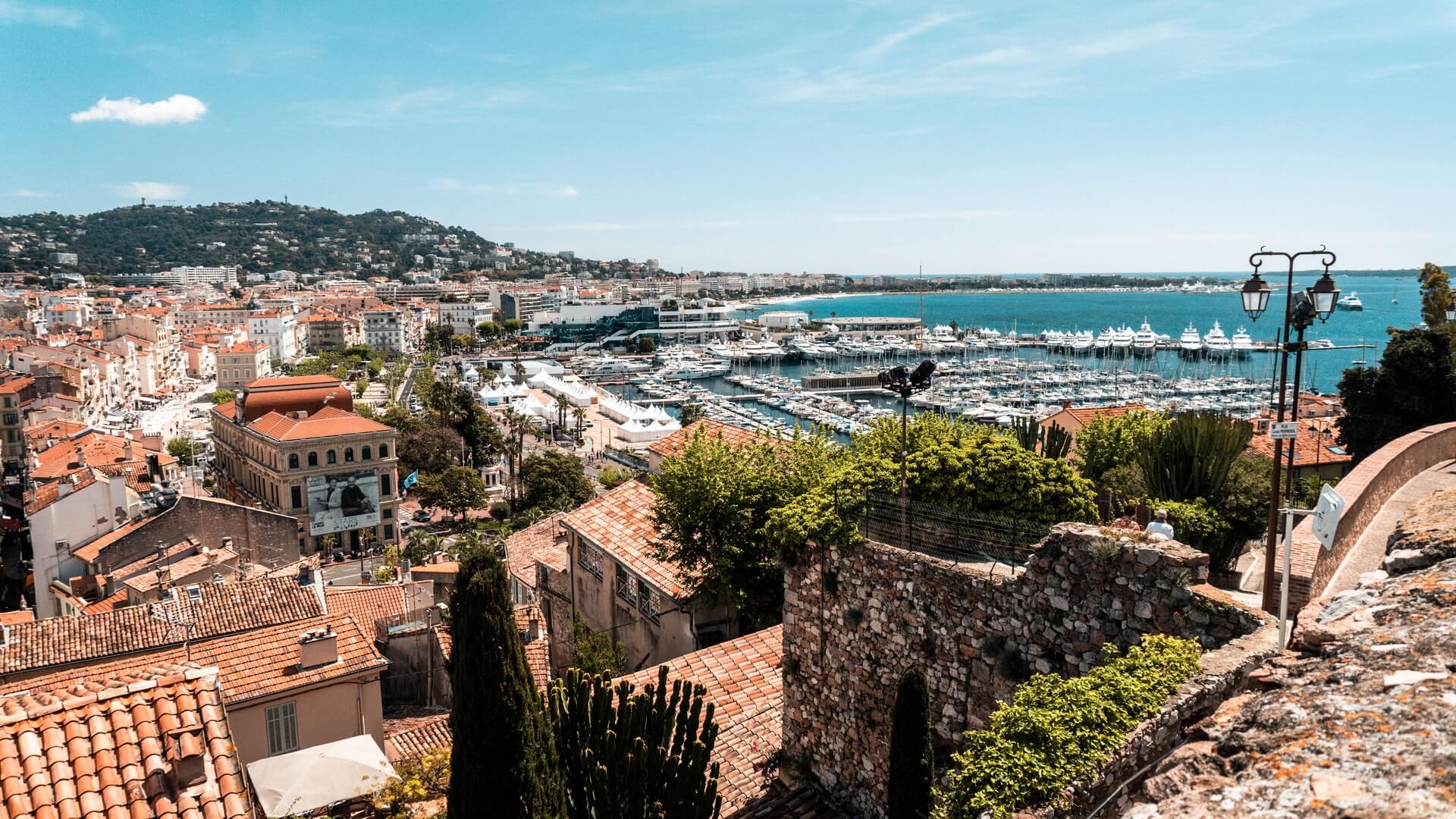
Cannes Bay, Cannes, France
- Literature – Its literature, which includes authors such as Victor Hugo, Voltaire, Molière, Charles Baudelaire, Honoré de Balzac, and Marcel Proust, is one of the things that France is recognized for. Other things that France is known for include its cuisine and wine. France is the first country on the list of Nobel Prizes in literature awarded by country, and French writing has had a significant impact on writers throughout Europe.
- Some of the most well-known French novels have also been adapted for the big screen. The Phantom of the Opera, Les Miserables, The Hunchback of Notre Dame, and Madame Bovary are just a few of the many instances.
- The Louvre – Okay, let’s get back to Paris. The Louvre is a must-see sight in France for art enthusiasts and historians alike. The world-famous museum has more than 35,000 works of art by some of the most well-known artists from throughout the globe. The artworks are displayed in a large exhibition space that covers approximately 652,300 square feet (65,300 square meters) (60,600 m2). Begin your visit early so that you may spend the entire day gazing at the incredible masterpieces and still not see half of what there is to see!
- Although the building itself is a great architectural construct with a castle-like feel, the artworks on show within are equally as impressive as the structure itself. Even if you are not an art enthusiast, a visit to the Louvre is well worth your time. When you visit The Louvre, two things immediately come to mind: the glass pyramid and the Mona Lisa. Even if you don’t plan on doing anything else, they are worth seeing at the Louvre just to say you’ve been there.
Conclusion: Why France Is The World’s Leading Tourist Destination
What is France known for? Is it an iconic symbol – the Eiffel Tower? France is the world’s leading tourist destination for many reasons. It is home to some of the oldest and most beautiful towns in Europe; has an extensive agricultural sector; offers beaches, mountains, and wine regions; and has a very strong food culture worldwide. France also hosts one of the most popular film festivals globally and offers a variety of shopping opportunities. The country has a beautiful landscape with diverse terrain, picturesque villages, and excellent cuisine. It’s topped many lists as one of the top destinations for tourists.
France’s tourist industry is more than just Châteaux, wine, and cheese. There are many beautiful beaches that you can enjoy when visiting France, with crystal clear water and views of sun-kissed mountains. France has also become a mecca for foodies, with its high-quality products on offer in markets across the country. There are over 50,000 different varieties of cheese to choose from, and everyone is guaranteed to be delicious.


